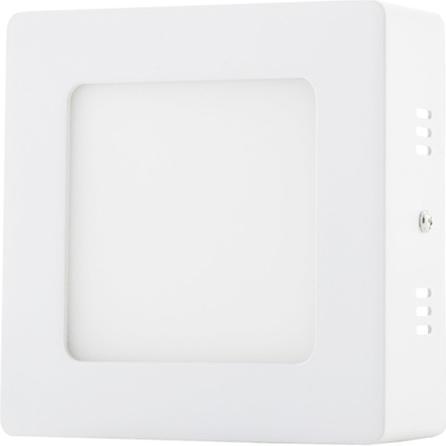
Constant Current 18w 120mm Round Frameless Led Panel Light With Spring Clip - Buy Frameless Led Light,Round Led Panel Light,Led Round Light Product on Alibaba.com

Ce&rohs Approved Ultra Thin Led Panel Light Led Panel Smd2835 3w/4w/6w/9w/12w/15w/18w White/warm White Diameter 85mm/105mm/120mm - Buy 3w Led Panel Light,3w Ac85-265v Round Led Panel Light,Led Slim Panel 85mm 105mm 120mm 145mm

TYCOLIT 7.48 in. x 7.48 in. 2400 Lumens Integrated LED Panel Light, 6000K (2-Pack) Y-MJ0026110 - The Home Depot

LED-Panel McShine "LP-612RW", 6W, 120mm-Ø, 612 lm, 3000K, warmweiß | ETT - Ihr Elektronik- und Technikgroßhandel














